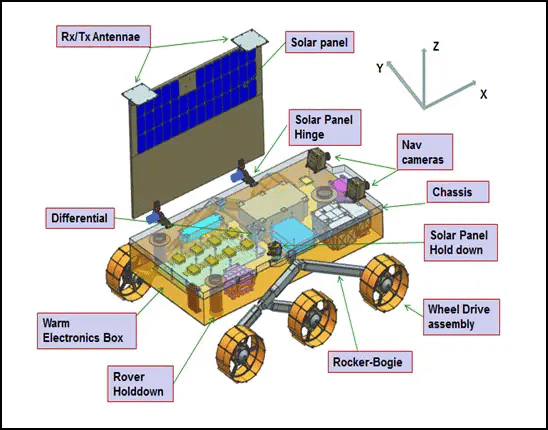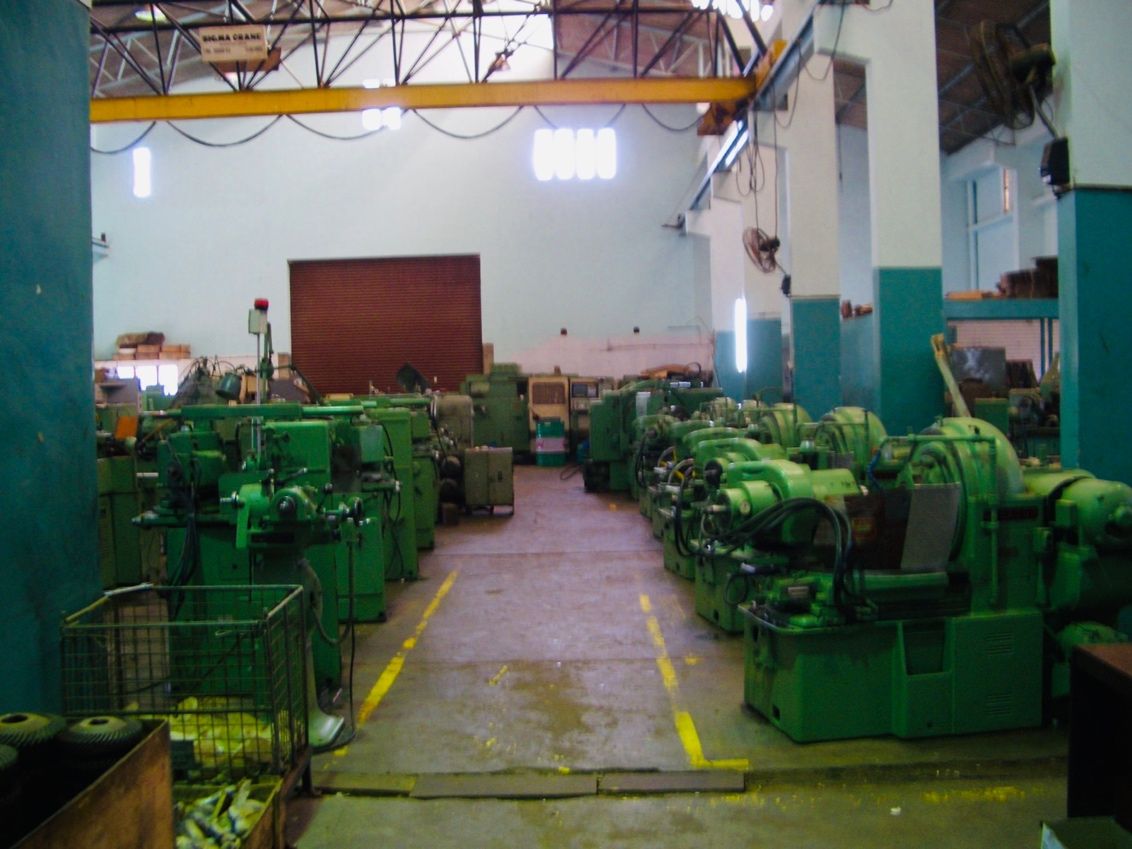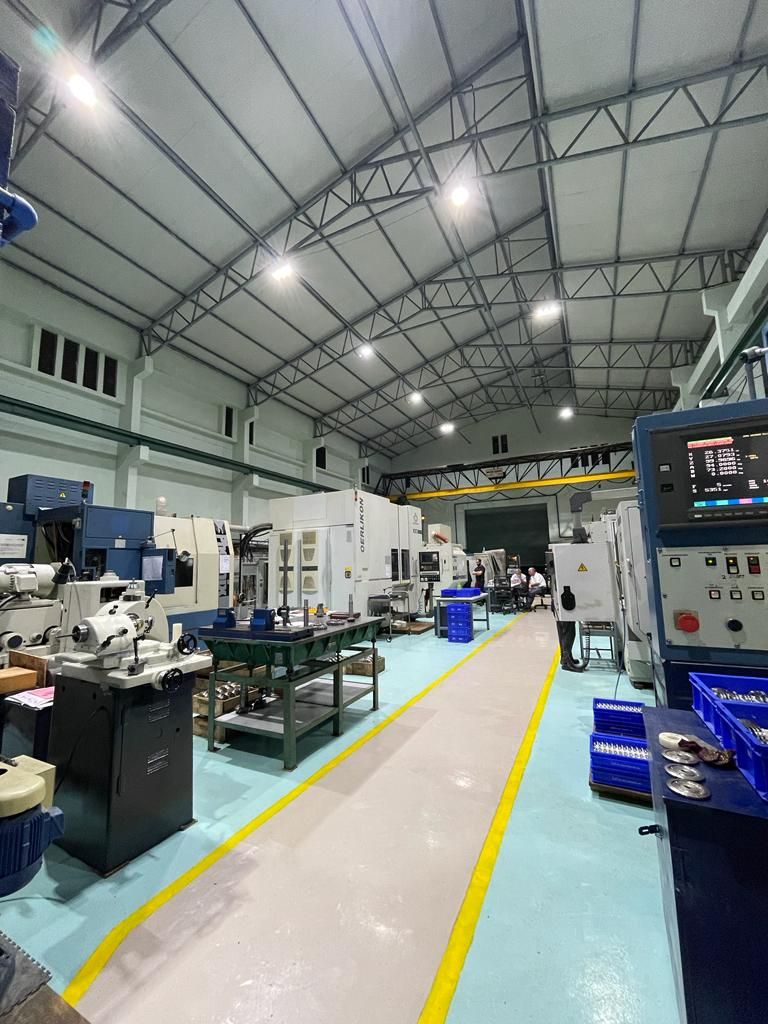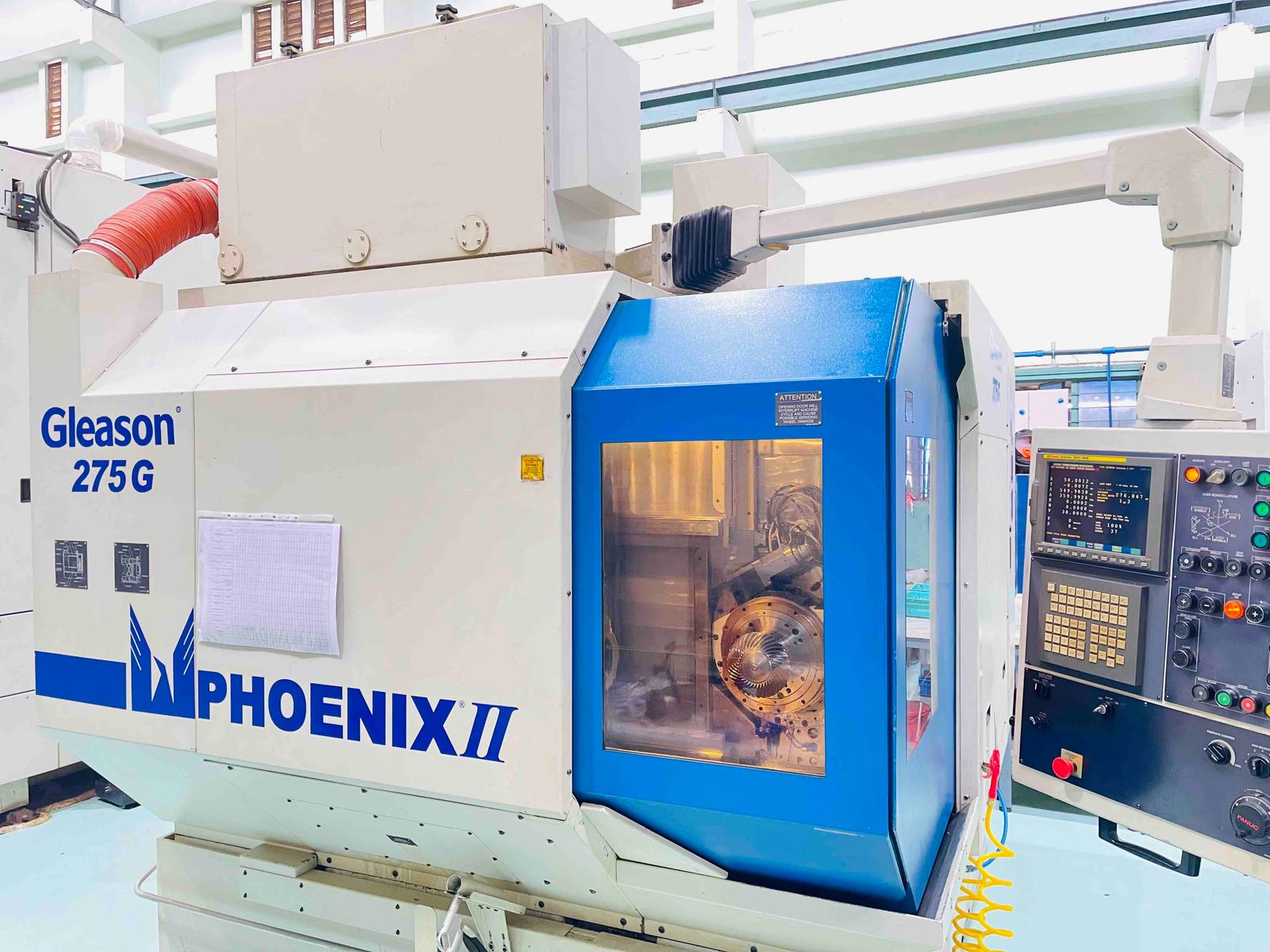Bevel Gears India's Role in the Chandrayaan-3 Moon Landing Mission
On August 23, 2023 at 12:32 UTC, India’s Chandrayaan-3 mission made a successful landing on the southern part of the moon near the crater Manzinus. After carrying out all of the Indian Space Research Organization (ISRO)–planned investigations and explorations on the lunar surface and before the start of the two-week lunar night, the Pragyan rover was put into sleep mode on September 2nd, 2023, and the Vikram lander on September 4th. We were able to catch up with Mushtaq Jamal, vice president of engineering and business development at Bevel Gears India Pvt Ltd (BGI), to discuss BGI's role in this monumental achievement for India. [Special thanks are due to Divya Sudarsanan, Content Editor for Gear Technology India, for helping facilitate this interview.]
For context, BGI was founded by Sulaiman Jamal in 1976, and, as the company name suggests, they specialize in manufacturing high-precision bevel gears. Across a very broad range from 5 mm to 1,800 mm, BGI covers various applications that you would not normally see produced at one facility such as robotics, automation, aerospace, high-speed machine tools, performance motorsport, aggregate, steel, mining, and space programs. The company's unique selling proposition (USP) is high mix, low volume, allowing for a large variety of customers across different international geographies.
In terms of capabilities, BGI is the first private company in India to install multiple CNC bevel grinding machines, including both Klingelnberg and Gleason bevel grinders. BGI is presently the first and only company in India to have CNC straight bevel grinding. Another niche is Curvic coupling grinding. This was a result of the leadership team focusing on investing in bevel gear technology to stay relevant on a global level.
Aaron Fagan: How did BGI come to be involved in India's moon-landing project and how long a process has this been?
Mushtaq Jamal: BGI has been honing its capabilities and investing in new bevel technology for several years. Presently these technological upgrades include cutting-edge Gleason and Klingelnberg CNC spiral bevel grinding machines, CNC bevel gear cutting, and CNC inspection. These technological advancements are continually conveyed to both new and potential customers and this was shared at various vendor meetings with the government organizations. Once ISRO was made aware of our capabilities, they contacted us, and it took 12 months for our company to be approved and thereafter over two years to supply prototypes and the final products.
AF: Can you share aspects of the technical specifications of the gears in the project (i.e., material, design standards, production methods)?











